
Sailboat Explosion Alarms Sausalito Waterfront
On Monday morning we received an email alerting us to a sailboat explosion in Sausalito. It was rumored to have occurred at Pelican Yacht Harbor. A quick phone call to harbormaster Janet Erickson, who said she had been inundated with calls, revealed that the explosion was actually on a boat anchored in Richardson Bay, not at the marina.
Erickson said that although she couldn’t see the source of the explosion, she did experience the resulting percussion while standing on her own boat. “It sounded like a hunk of wood had hit the hull,” she said. “It was loud!” She later witnessed a person being wheeled up the ramp and talking to the paramedics in attendance.
We later received a report from Curtis Havel, harbormaster for the Richardson’s Bay Regional Agency (RBRA), confirming that the explosion had occurred on the Richardson Bay anchorage in the early evening last Sunday. Havel said while both Southern Marin Fire Protection District (SMFPD) and the US Coast Guard (USCG) responded to the distress call, they were yet to provide a formal incident report.
According to Havel’s email the explosion occurred on an approximately 35-ft sailing vessel named Folie Douce, which was at the time occupied by a man believed to be a Mr. Mark Culver. The SMFPD and USCG were able to extract Mr. Culver before the vessel sank. “Mr. Culver was very lucky and survived with only minor injuries/burns — it is my understanding that Mr. Culver is currently in the hospital,” Havel wrote.
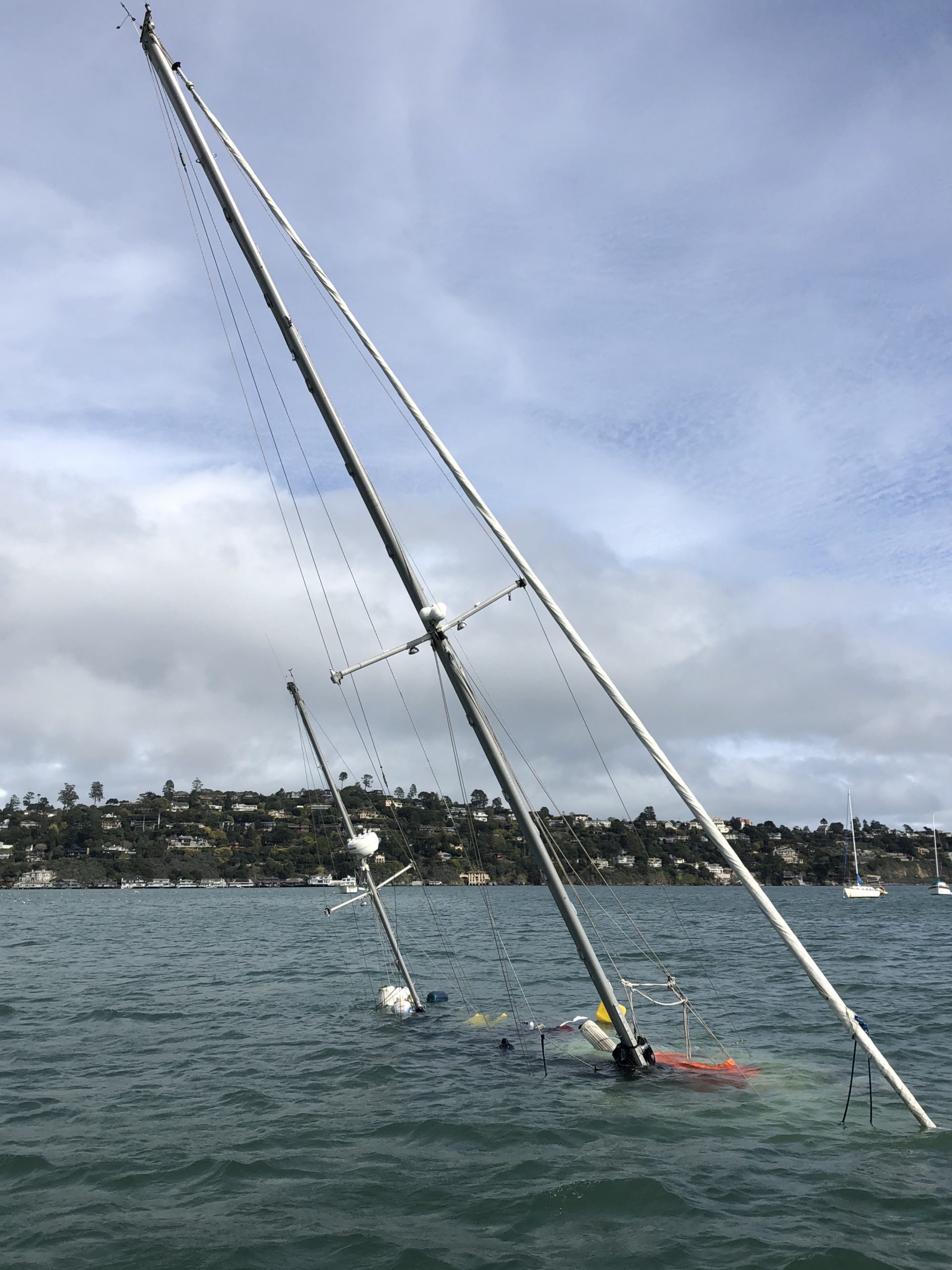
Havel said the explosion was likely to have been caused by a propane leak. “Propane leaks are one of a mariner’s greatest fears. Propane is heavier than air and tends to pool in the bilge of a vessel. If a spark reaches the pooled-up propane, it effectively acts as a bomb. This is likely what happened to the Folie Douce.”
Following the explosion, Folie Douce sank on her anchorage. Havel added that “the explosion likely damaged the vessel beyond any chance of repair without extraordinary financial effort.”
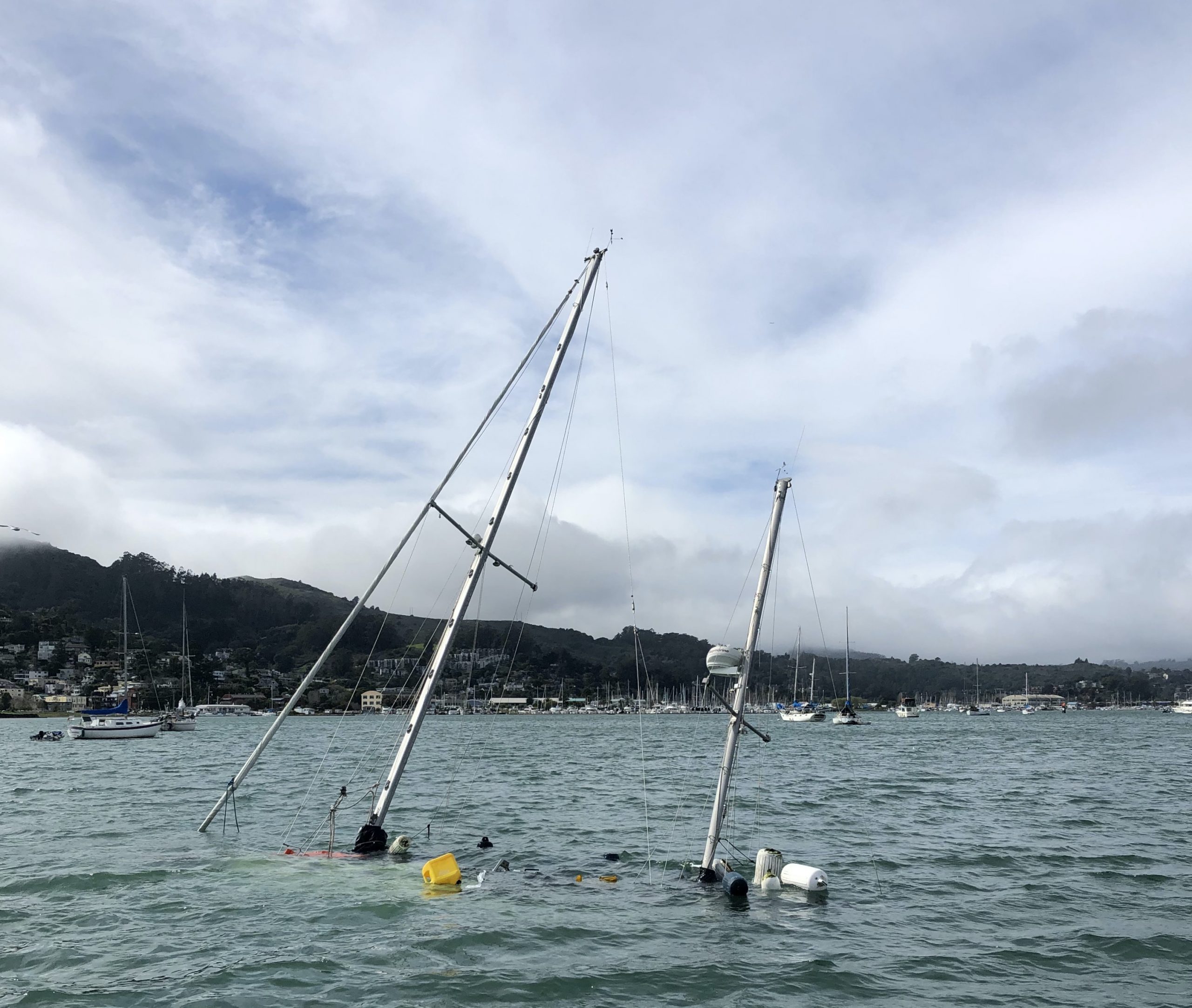
“Although it was an accident, it is the responsibility of the vessel owner to arrange for retrieval and disposal of the vessel. I’ve made attempts to reach the vessel owner to ascertain their plans for retrieval and clean up, but none of the contact methods have been successful.”
Currently the sunken vessel is a navigational hazard, and a threat to the environment due to the presence of fuels, engine oil and other hazardous materials. Havel wrote that in the event of Mr. Culver’s failing to take responsibility for his vessel, he has initiated summary abatement proceedings to remove the vessel as soon as possible. In this case the RBRA will organize professional salvors to retrieve the vessel at their earliest convenience and tow it to the Army Corps of Engineers debris yard, where it will be surveyed and disposed of properly.
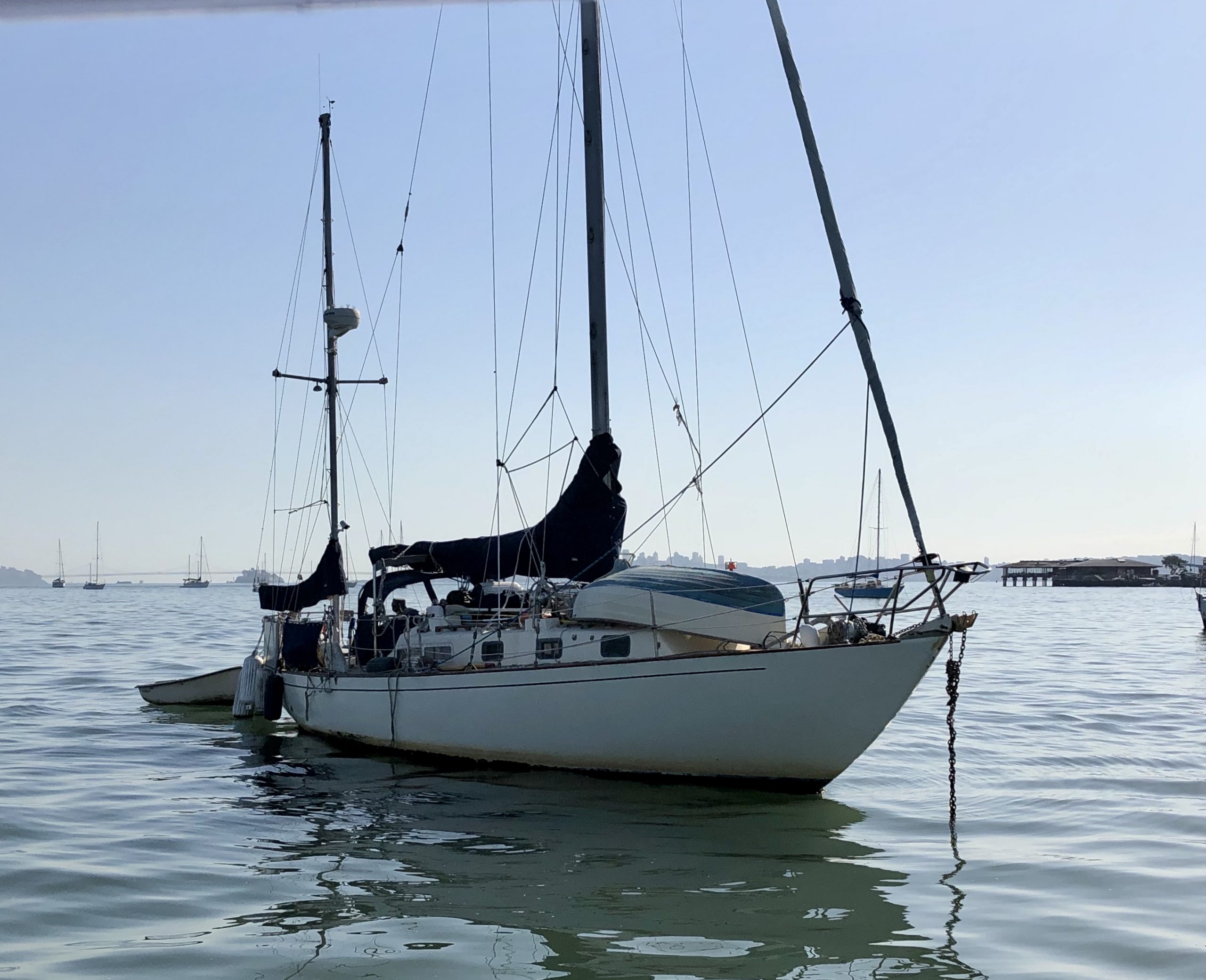
Havel noted that Folie Douce was on the anchorage prior to the vessel census of August 2019, and that she was was inoperable and not a part of the Safe and Seaworthy Program.
Giant Catamaran ‘Manta’ Prepares to Take on Ocean Plastics
A giant catamaran is preparing to unleash an attack on ocean plastics. Swiss organization The SeaCleaners has unveiled the Manta, “the first factory boat designed to collect and process large quantities of floating plastic macro-waste at sea.” The vessel, which is the result of three years of research and development, will “also serve as a cutting-edge scientific laboratory for the observation, analysis and understanding of ocean plastic pollution and as an educational platform open to the public.”
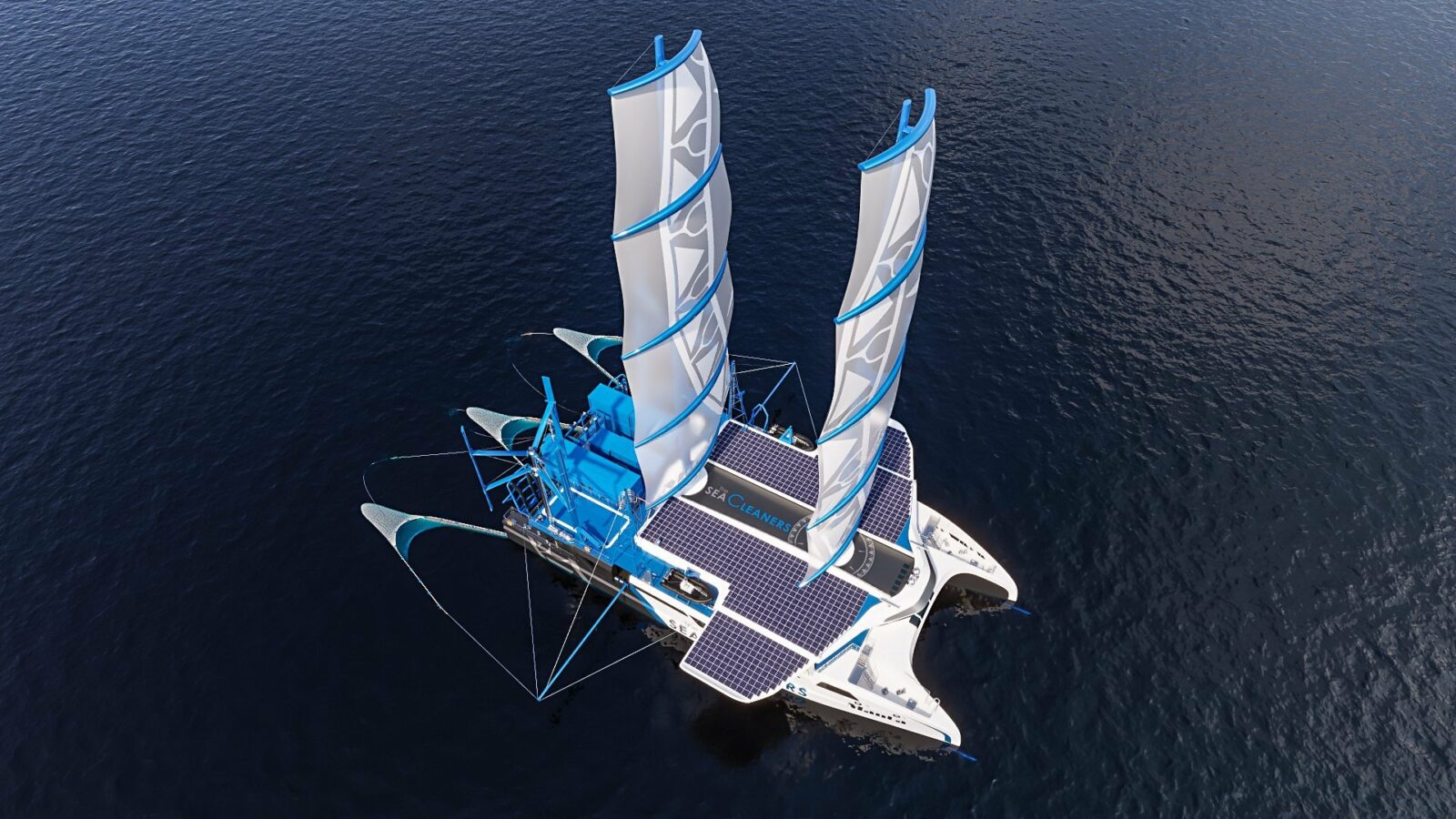
According to The SeaCleaners‘ website, the Manta will minimize its own energy consumption, carbon footprint and operating costs by using sails and rigs as its preferred propulsion mode. It is designed to function “75% of the time without fossil fuels, thus becoming the first workboat with such a high level of energy autonomy.”
It will carry two wind turbines, which will generate up to 100 kW of electricity; nearly 500 m² of photovoltaic solar panels that will generate approximately 100 kWp (kilowatt-peak) of electricity (one third of these panels will be located on retractable wings that give this vessel its manta-ray appearance, hence its name); two hydrogenerators, which will provide up to 100 kW when the boat is under sail propulsion; a waste-to-energy conversion unit, which will generate up to 100 kW In accordance with international regulatory requirements; and two diesel engines to permit low-speed maneuvering and ensure safety of the crew. This Increased maneuverability will allow the Manta to come close to the coastline while collecting and processing plastics. It will also carry two smaller boats, the Mobulas (eagle rays) 8 and 10, which will access narrow and shallow areas such as rivers, streams, ports, lakes and such.
“The Manta sailboat emulates the manta ray, passing water between its hulls to filter for plastic pollution feeding its waste-to-energy conversion unit to create energy for its propulsion system, and in turn, accomplishing its principal mission of “cleaning the seas.””
Outlines of the Manta‘s mission indicate that it has four collection methods and an on-board plant with pyrolysis to sort, process, repurpose and manage 100% of the waste collected. It will also carry state-of-the-art scientific facilities to geoposition, quantify, and record details of plastic pollution. The resulting information will then be shared with the scientific community.
This video gives you a look at the boat in its concept form:
The Manta will carry a crew of 32 people and is due to be launched in 2024
Division of Boating and Waterways Boater Card
Should I Sail Away? What Would You Do?
How often do sailors face the question of whether to stay tied to the dock and continue their land-based lives, or cast off and sail away to new horizons? Many of us will recognize the echoes of our own thoughts in this story from a local sailor who goes by the pen name Whye Waite.
Ah, to sail away. To leave one’s problems behind, clinging to the wooden dock like a coiled rope. For years, issues and responsibilities, ingrained in me like faded initials carved in the trunk of an old tree, have caused my anchor to dig in deep. That one magical step could free me from life’s frantic pace to one of solitude, like stepping through the looking glass. One measly step from civilization’s creaking dock onto the gently swaying boat to head south; south to warm water, fluffy sand beaches, and cold cerveza.
Could it be that easy? Why the hell not? Sure, sailing is hard work, but I’m tough. I’ve sailed plenty. I know what’s out there. Life at sea can be magical. I swiftly become the eager, vigilant student, listening and watching the teacher’s every move.
“Mother Nature, am I doing this all right?”
She doesn’t answer.
“Mom, how about now?”
Nothing.
“Now?”
Silence.
Only the breath of the wind to send me on my way, yet I peek through squinted eyes in case she speaks. Dare I take that step?
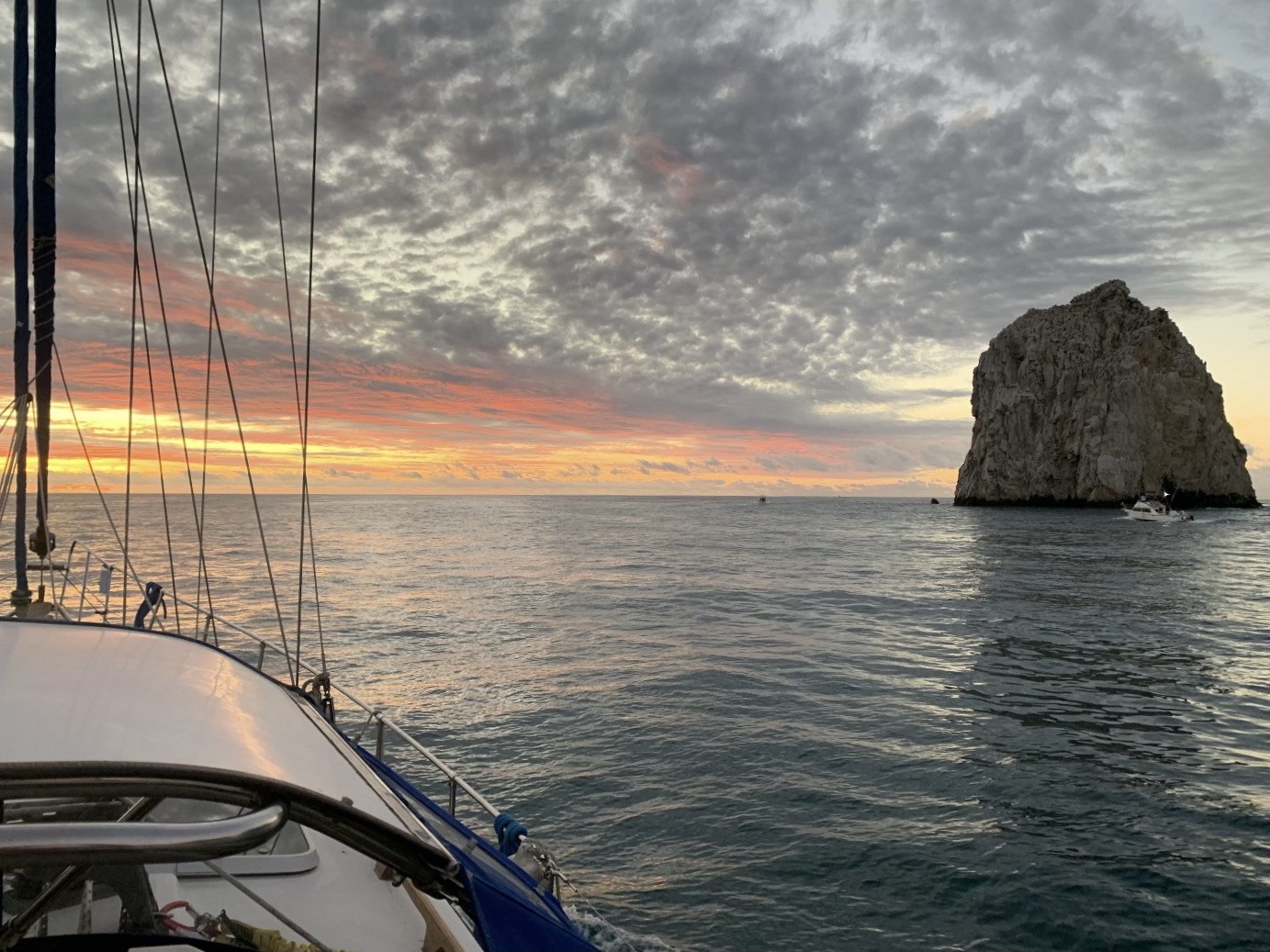
Her lessons are legendary. I dare not approach the ocean’s classroom as a cavalier fool for fear of her wicked backhand. She must be treated with the utmost respect to enjoy the reward of her smile at sunset, her gently blowing nudge of encouragement. If only I could muster the courage.
My roots are deep. I’ve enjoyed my life immensely. I’m proud of my accomplishments, love my family dearly, have the best friends imaginable, yet, is there something more? Should there be? When the time is right, will it be too late?
Is sipping a frosty beer at the tattered makeshift hut in Turtle Bay, Baja, Mexico, the same as a beer enjoyed with friends at McNear’s Saloon in downtown Petaluma?
My mind often wanders to the vastness of the sea, the gentle, random motion of the boat, the sight and sound of the sails drawn tight to the wind, the mist teasing my nostrils — the sea calls to me in my dreams.
What should I do?
Life is short, right?
The ACE Who Kicked the Hornet’s Nest
The America’s Cup Event (ACE) has stirred up a hornet’s nest in what seems to be an attempt to slow down Challenger of Record (CoR) Luna Rossa Prada Pirelli’s march to winning the Prada Cup by using a COVID-19 Level 2 edict by the New Zealand government to halt or postpone racing.
What should be “a fair and friendly competition between nations” is anything but when it comes to the America’s Cup. Unfortunately, a recent flare-up of the virus in South Auckland has led to partial lockdowns, a resumption of Level alerts, and a full-blown controversy between the CoR and ACE.
In a memo released by ACE in advance of NZ Prime Minister Jacinda Ardern’s press conference announcement, the organizing committee chair called on the CoR to join them and resume racing next week, when the threat level will return to Level 1.
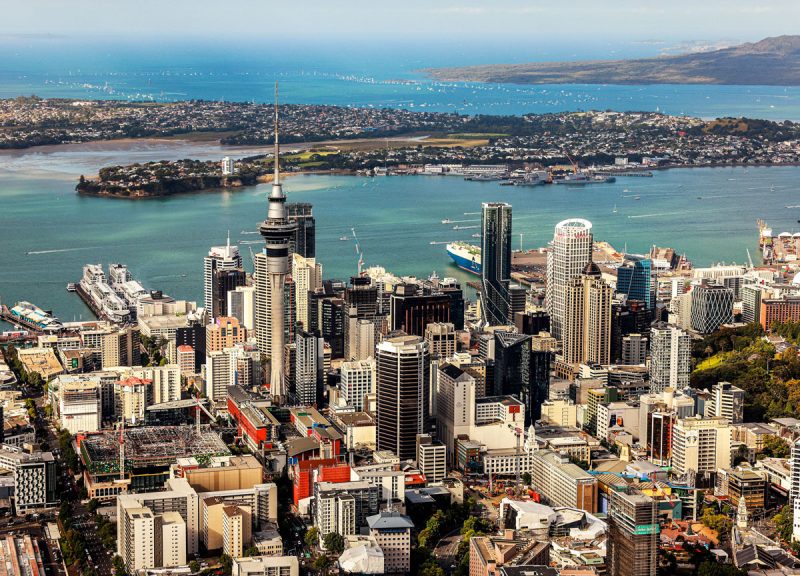
The crux of ACE’s argument is that “The intention of the potential rescheduling will give the best possible opportunity to see the event run with maximum engagement and benefits for public and stakeholders.”
What is even more stunning is that INEOS is onboard with this! Clearly ACE wants “fans in the stands” to sell popcorn to, and the Brits, I’m sure, would like to go back to the shed to modify a slow boat. “INEOS Team UK fully respect the government’s decision to curtail racing until it is safe to do so and would support a delay in the competition if that is required.”
The CoR has the rules on their side in this matter. They’re well within their right to have the America’s Cup Race Management stick with the Prada Cup race schedule. The Italian CoR “urged ACE to request an exemption to carry on the Final of the Prada Cup in compliance with the racing calendar and in order to meet the legitimate expectations of the competitors involved. Unfortunately, this did not happen, notwithstanding a protocol and a procedure which were put in place in the event such circumstance would occur.”
The AC Event Management on Land and on Water Plans for COVID-19 state: “This protocol requires the village to be closed and regattas to be conducted without public and behind closed doors,” if necessary. This is similar to other international sporting events that have taken place since the advent of the pandemic, like Formula 1, the Super Bowl, the World Series, the Indy 500, etc.
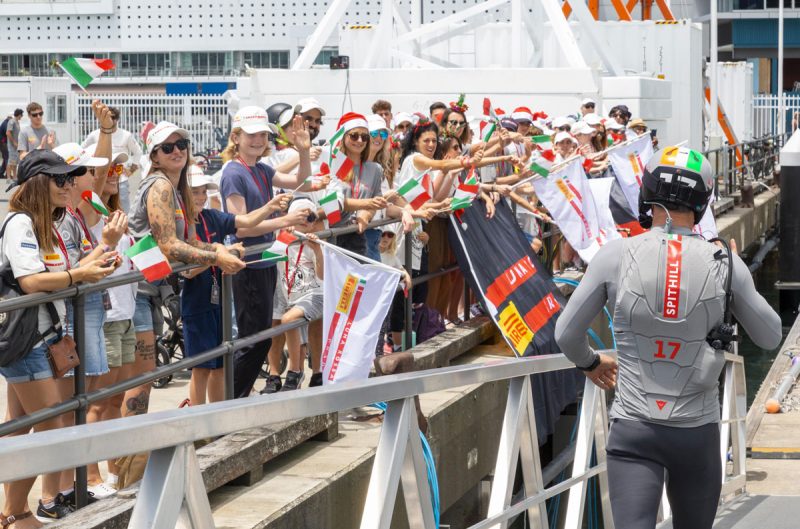
Wanting or wishing that the virus will go away next week so that fans can return and racing can resume is folly. If we have learned anything in the last year, it’s that COVID-19 isn’t going away soon.
Barring a last-minute resolution, this will probably play out in front of the AC Arbitration Panel. But, as we know, if there weren’t controversy, it wouldn’t be the America’s Cup.

